Marine Life
The vast waters of The Bahamas team with an amazing array of marine habitats, including coral reefs and mangroves that feature a diversity of dolphins, sharks, and rays as well as sea turtles and manatees.



What is a ray?
Rays belong to a group of cartilaginous fish called elasmobranches that also include the sharks. These ancient creatures have been on the Earth for more than 100 million years and lived during the time of the dinosaurs. Found in all oceans of the world, rays have flattened, disk-shaped bodies with enlarged, winglike pectoral fins. They also have a long, slender tail that most often has one or more razor-sharp, saw-edged, venomous spines that they use for defense.
Cartilaginous creatures
Rays possess the following characteristics:
- Cartilaginous skeleton: Rays have no bones. Touch the tip of your nose and you will feel cartilage. The cartilage of the ray’s skeleton is hardened by calcium, especially the vertebral column. Red blood cells are produced in the kidneys and in an organ called the epigonal.
- Spiracles: Rays use these round openings behind the eyes to assist with respiration. Water enters the spiracles and exits through the gill slits.
- Five pairs of gill slits: Ray’s gill slits are on the undersides of their bodies.
- Dermal denticles: Derm means skin and dent means teeth. These scales, or “skin teeth,” are composed of the same material as teeth and help streamline and protect the ray.
Threats to rays
Research reported on the IUCN’s Red List now estimates that at least 17 percent of ray and shark species may face imminent extinction. Manta rays are captured for their gill rakers that are used in traditional medicine in Asia. Rays are threatened by:
- Entanglement in fishing nets and lines
- Trash ingestion
- Pollution, including oil spills and agricultural and mining runoff
- Bycatch as part of fishing operations
- Degradation of coral reefs
- Boat strikes
- Climate change
How can you help?
Every Day
Get Involved
Donate
What we are doing
Atlantis Blue Project helps fund the establishment of Marine Protected Areas in The Bahamas. The Andros Westside National Park, a 1.3 million acre park that was expanded in 2011, helps preserve many species of rays, skates, and sharks as well as the highly endangered smalltooth sawfish. Atlantis, Paradise Island, is the first facility in the world to successfully breed the smalltooth sawfish. Five sawfish were born in April 2012 and are thriving under our care.

